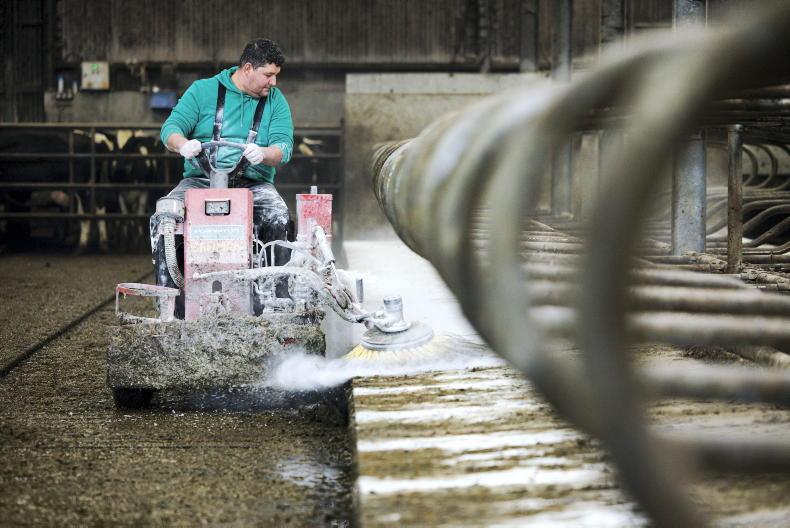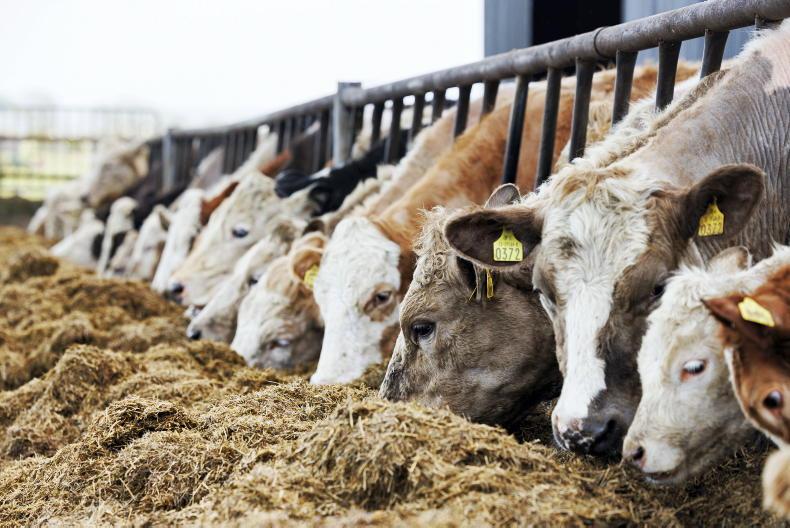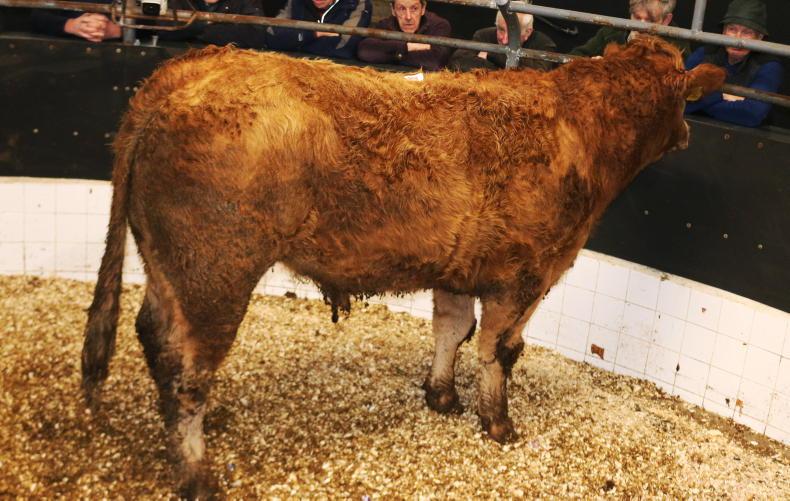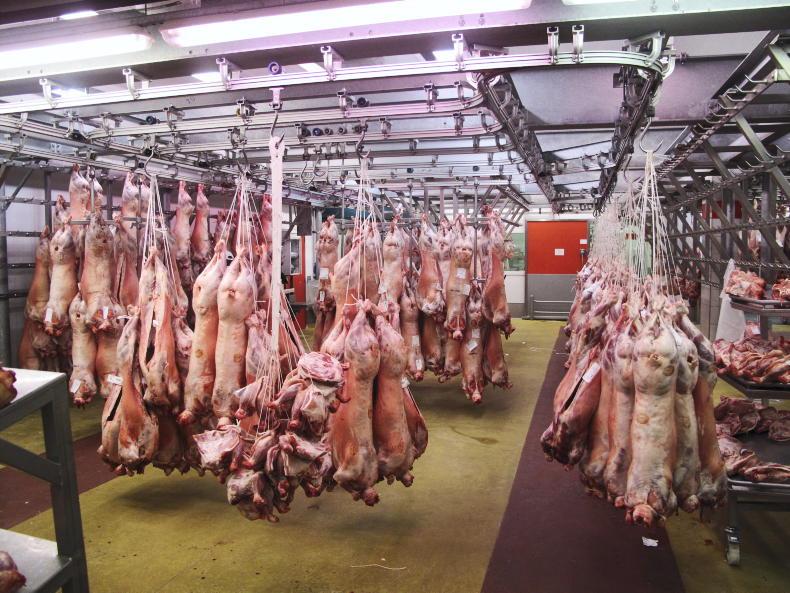Drafting lambs: Factory agents are keen for lambs, with tight supplies helping to keep a floor under the trade. With market performance fluctuating on a continual basis, it is advisable to keep lambs moving as they come fit for slaughter. This will prevent free meat being produced at no value from carcases deemed overweight, reduce the overall volume of meat entering the market and deliver the optimum product for trading.
Factory procurement agents report a significant variation in slaughter performance. Young, well-fleshed lambs coming off creep are killing in the region of 50% while top-quality grass-fed lambs range from 48% to 50% kill-out.
Most factories are paying to 20.5kg carcase weight at this stage, with some paying to 21kg to 21.5kg. There is also a solid mart trade for heavier well-fleshed lambs with butcher and wholesale buyers more active this year. Therefore, it is worth calculating likely carcase weights and weighing up the best market outlet.
Aged lambs finished on grass that had a difficult spring are in cases killing back to 46%. This should be taken into account when drafting.
Factories comment that there is a significant number of lambs and tail-end hoggets killing below desired carcase weights and poorly fleshed. Some of these lambs are coming on stream where farmers are worried about prices slipping and dropping down too much in drafting weights. Extra care should be taken when drafting as lambs and hoggets killing at fat score 1 and underweight are being penalised by in the region of 70c/kg to €1/kg.
Scald: The hard ground and higher dry matter of grass is contributing to more cases of scald. The ailment is caused by bacteria present in soil and faeces getting a chance to establish an infection through damaged skin. Lambs with scald can be easily identified as they will quickly become lame and slow to walk with performance hit hard. The infection can be identified by a pink-red inflammation between the hoof claws with a white or grey paste like scum on the surface.
Early intervention is important and will greatly cut down on the risk of an outbreak occurring. If untreated, it can progress to footrot. Footbathing or the application of an appropriate foot spray if spot treating will be sufficient to treat and keep on top of infection.
Copper and zinc sulphate remain the two most common products used and should be diluted at a rate of 10%, while care should be taken when using formalin (take necessary health and safety precautions) with dilution rates of 3% to 5% recommended. Lambs will be difficult to get into a footbath at a young age and may benefit from following ewes to get used to it.
Shearing weather precautions: There is still massive variation between daytime and night-time temperatures. Shearing contractors report that a number of farmers have delayed planned shearing jobs of ewes suckling young lambs until temperatures improve. This is the correct approach as there is a risk of the milk yield of ewes suckling young lambs being hit or health issues such as pneumonia or tetany if shelter is limited and ewes are exposed to high temperatures during handling for shearing followed by a sharp drop in body temperatures. Keep an eye on the forecast and base decisions with this in mind.










SHARING OPTIONS